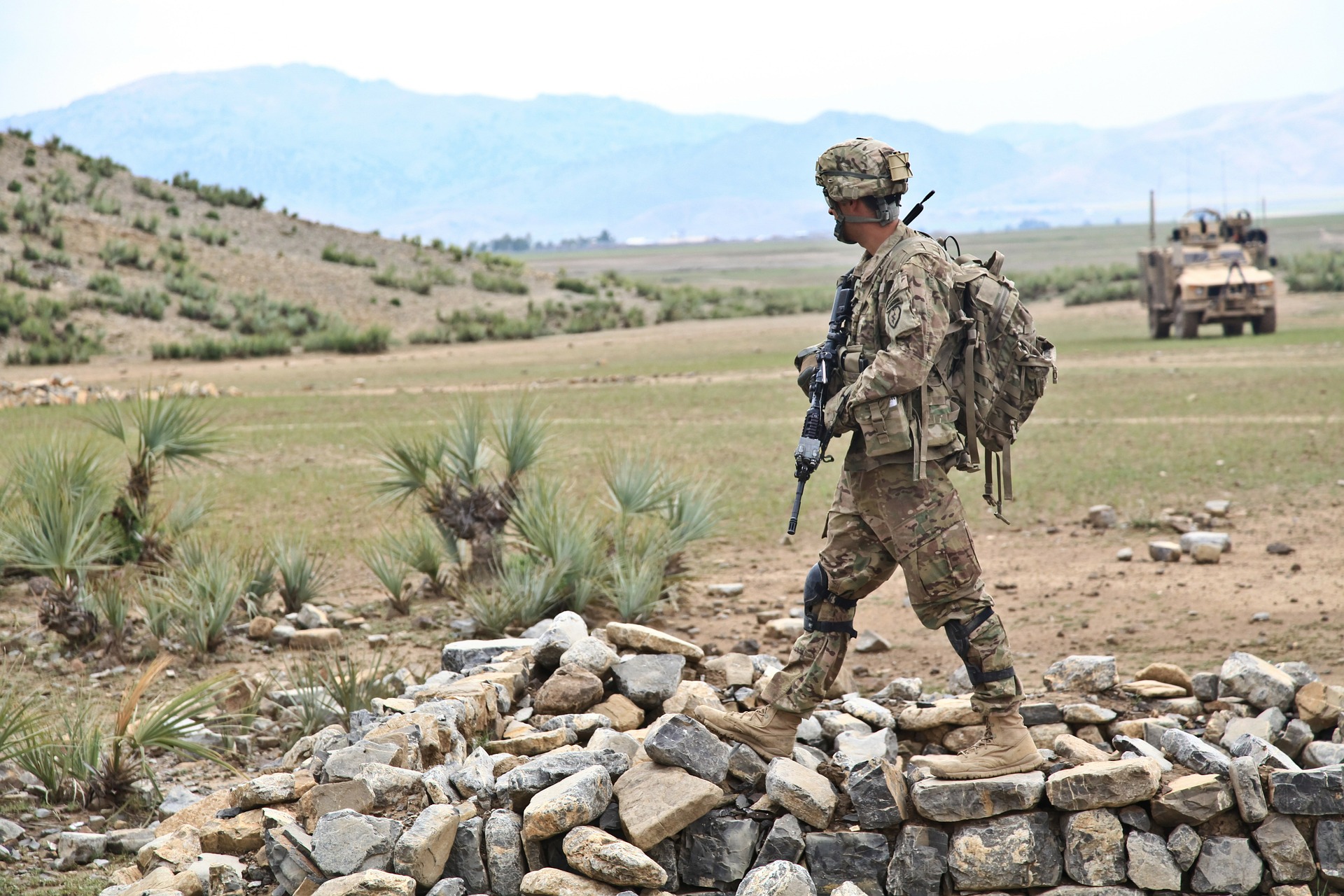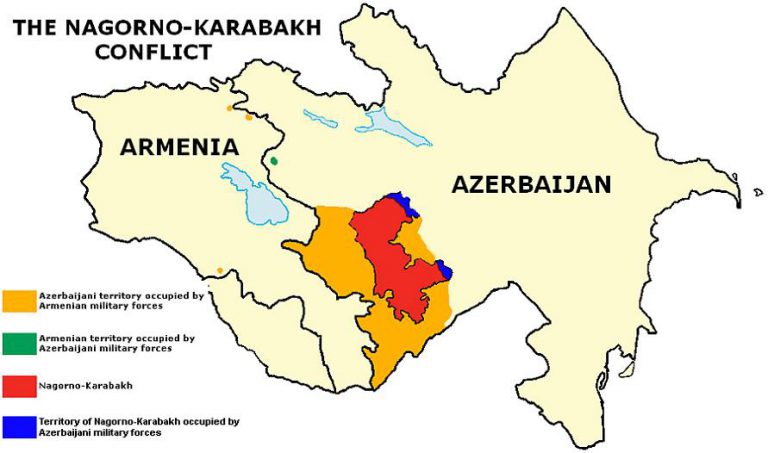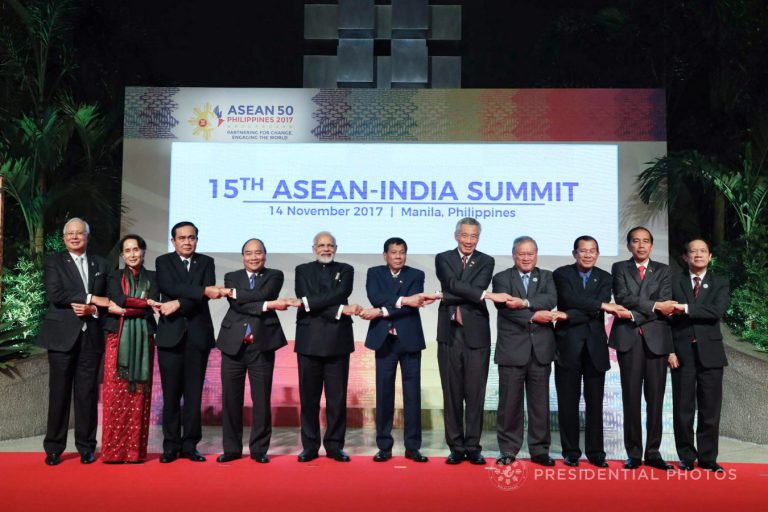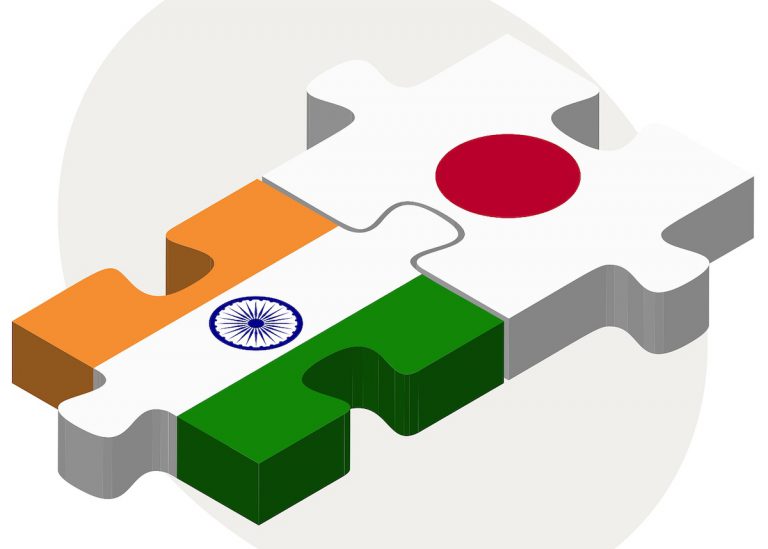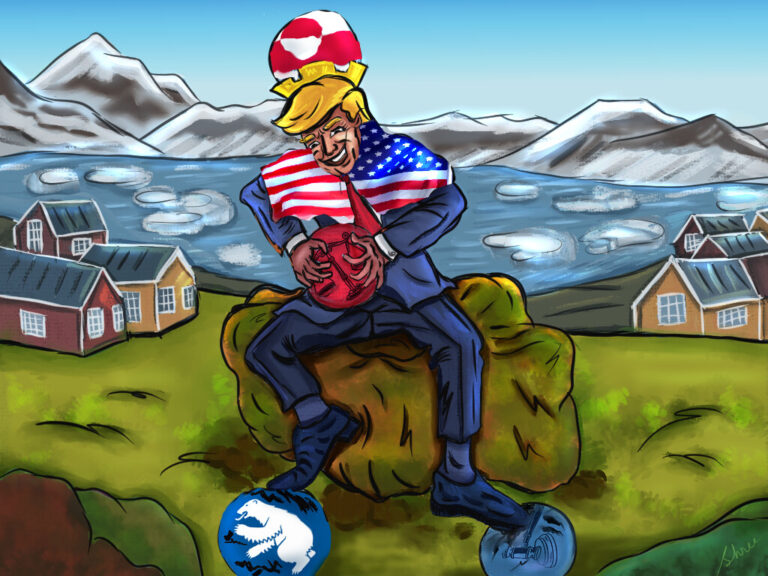The Fate of Afghanistan: Rise of Taliban Regime
A graduate student at Tata Institute of Social Sciences, Mumbai, Sonali is pursuing a Master’s in Development Studies. With a keenness for public policy, social impact and development, her thesis is an evaluation of Education Policies. She is also about to undertake a Semester at Sciences Po, Paris as a Charpak Scholar. She completed her undergraduate from Lady Shri Ram College for Women in Psychology Major with a Minor in Journalism. A self-taught painter at heart, she has showcased her work at several exhibitions.
The beginning of the Beginning
By the early 19th century, the Afghan empire was under threat from the Persians in the west and the Sikh Empire in the east. In the Anglo-Afghan Wars (three conflicts-1839–42; 1878–80; 1919) Great Britain, from its base in India, sought to extend its control over neighbouring Afghanistan (rich in resources) and to oppose the Russian influence there.
With the outbreak of World War I (1914–18), there was widespread support of the Ottoman (now Turkey) against the British, in Afghanistan. However, the ruler of Afghanistan at the time, Habibullah Khan, was able to maintain a policy of non-alignment throughout the war.
Fighting was confined to a series of skirmishes between an ineffective Afghan army and a British Indian army exhausted from the heavy demands of World War I. A peace treaty recognising the independence of Afghanistan was signed at Rawalpindi (now in Pakistan) on August 8, 1919. Before signing the final document with the British, the Afghans concluded a treaty of friendship with the new Bolshevik regime in the Soviet Union. Afghanistan thereby became one of the first states to recognize the Soviet government, and a “special relationship” evolved between the two governments that lasted until December 1979, which we will understand in a while.
Several reforms were put in place under Mahmud Tarzi (in office, 1919-1922), an ardent supporter of the education of women and also known as the father of Afghan Journalism. Elementary education was made compulsory, abolition of burqa for women and opening of co-educational schools. This quickly alienated many tribal and religious people, leading to the Afghan Civil War (1928-1929).
Saur revolution
Saur (also called April Coup) is the Persian name of the second month of the Persian calendar, the same month in which the uprising took place. It is imperative to establish that Afghanistan is a nomadic region with poor literacy and infrastructure and rich untapped resources which makes it an easy target of power struggle even in the modern world.
In 1973, with the support and assistance of the minority political party People’s Democratic Party of Afghanistan (PDPA), Mohammed Daoud Khan overthrew his cousin, the monarchy of King Zahir Shah, and established the first Republic of Afghanistan.
Upon becoming president, Mohammed Daoud (1973-1978) believed that closer ties and military support from the Soviet Union would allow Afghanistan to end that one issue that has always been a thorn on the side of Afghan politics for decades– the Durand Line. Durand Line is an important international boundary line, running between the countries of Pakistan and Afghanistan which was fixed by British civil servant Sir Henry Mortimer Durand and the then Afghan Emir, Abdur Rahman Khan in 1893. The line cuts through the Pashtun homelands of the region. The line divides ethnic Pashtuns and Balochs, who live on both sides of the border.
Historically, Pashtun lands had been conceded to the British Empire, following the Anglo-Afghan wars. Upon the Independence of India, the lands had passed into the newly created state of Pakistan. These lands were separated from Afghanistan by the Durand line and taking those lands back and uniting Pashtuns has been a dream of many Afghan rulers. Once in power, Daud Khan sought to suppress the left and lessen the country’s dependence on the Soviet Union.
Under the secular government of Daoud, factionalism and rivalry developed in the PDPA- with two main factions being the Parcham (nationalists, supported by the urban middle class) and Khalq (supported by rural regions). It should be noted that the Soviets would later support the Khalq faction.
On 17 April 1978, a prominent member of the Parcham, Mir Akbar Khyber, was murdered. Although the government issued a statement deploring the assassination, Nur Mohammad Taraki of the PDPA charged that the government itself was responsible. Many leaders in the PDPA had their suspicions that the President, Daoud Khan had plans to eliminate them.
The coup started on 27th April and by evening, the state-owned radio announced that the Daoud government was overthrown by the Khalq faction.
During the coup, soldiers had surrounded the palace of the president and had asked him to surrender. But, Daoud Khan and his brother came out of the palace and fired at the soldiers. This led to them being shot and killed. Initially, the people were happy with the coup and the new government as many citizens were unhappy under the Daoud administration.
In the early days of the new government, there was unity between the Parcham and the Khalq factions although this did not last long.
In 1978, communist leader, Nur Muhammad Taraki of the Khalq group was declared president of Afghanistan. He executed many leaders of the revolution by August that year insinuating that a ‘plot’ had been discovered.
However, in September 1979, Taraki himself was overthrown and executed by Amin.
Initially, people were satisfied with this rule and the PDPA in power implemented many changes in Afghan society. Many modern regulations replaced the old Islamic codes. Socialism was introduced. However, there were many haphazard regulations brought in that unsettled many. Land reforms were brought in that affected the peasants adversely. The PDPA was also an advocate for women’s rights. They made a public statement announcing that the “Privileges which women, by right, must have are equal education, job security, and health services”.
This alienated a large segment of the Afghan population who were still conservative in their beliefs. The PDPA, despite having strong urban support, lost popularity in the rural areas of Afghanistan, where most of their worker support was based.
They suppressed all opposition brutally. There was severe discontent among the people and this manifested in the form of numerous uprisings for the next two years.
Eventually, this political instability prompted the USSR to intervene, leading to the beginning of the Soviet-Afghanistan War. The Soviet army was deployed on 24th December 1979 in Kabul. They staged a coup and killed Amin, installing Babrak Karmal as the president. Karmal was a Soviet ally. The Soviet Union feared the loss of its communist proxy in Afghanistan. Central Asia and Afghanistan were valuable locations through which the Soviet Union could spread its influence and counter Western influence in the region of the Baghdad pact. The Baghdad Pact was a defensive organization for promoting shared political, military, and economic goals founded in 1955 by Turkey, Iraq, Great Britain, Pakistan, and Iran. Similar to NATO in its functioning.
Instability remained in Afghanistan, even after the withdrawal of the Soviet forces. The many factions that had united to fight the USSR, now turned on each other further deteriorating the situation in Afghanistan. With the war continuing to plague the country for more than four decades after the revolution, Afghanistan has never known peace ever since the Saur Revolution took place.
Operation Cyclone
Operation Cyclone was the codename for the United States Central Intelligence Agency (CIA) program to arm and finance the Afghan mujahideen in Afghanistan from 1979 to 1989, before and during the military intervention by the USSR in support of the Democratic Republic of Afghanistan. This period also saw a huge humanitarian crisis in the country leaving millions dead and millions of refugees in other lands, particularly Pakistan. The mujahideen were also supported by Britain’s MI6, which conducted separate covert actions. The program leaned heavily towards supporting militant Islamic groups, including groups with jihadist ties, that were favoured by the regime of Muhammad Zia-ul-Haq in neighbouring Pakistan, rather than other, less ideological Afghan resistance groups that had also been fighting the Soviet-oriented Democratic Republic of Afghanistan regime since before the Soviet intervention.
Operation Cyclone was one of the longest and most expensive covert CIA operations ever undertaken. Funding officially began with $695,000 in 1979, was increased dramatically to $20–$30 million per year in 1980, and rose to $630 million per year in 1987, described as the “biggest bequest to any Third World insurgency”.
The intervention by the USSR was seen as an invasion by the USA and other western nations. While the Soviet army had control of the cities and towns, the insurgency groups called the Mujahideen had the rural parts of Afghanistan under their control. A bitter war was fought between both groups. The Soviet Union, which had planned to stay for 6 months to a year in Afghanistan, found itself stuck in a war that was proving to be too costly.
The Mujahideen did not relent in their pursuit to drive out the Soviets. They had the support of many countries like the USA, Pakistan, China, Iran, Egypt, and Saudi Arabia. They were assisted with the arms and training needed to fight the Soviets. The Soviets followed a policy of wiping out the rural regions to defeat the Mujahideen. Millions of land mines were planted and important irrigation systems were destroyed. As a result, millions of Afghan refugees took refuge in Pakistan and Iran. Some came to India as well. It is estimated that in the Soviet-Afghan war, about 20 lakh Afghan civilians were killed.
In 1987, after the reformist Mikhail Gorbachev came to power in the Soviet Union, he announced that his government would start withdrawing troops. The final Soviet troop was withdrawn on 15 February 1989. Now, the government of Afghanistan was left alone to fight the Mujahideen. Finally, they succeeded in taking control of Kabul in 1992. Again, the Mujahideen had different factions within them who could not agree on power-sharing. The country collapsed into a bloody civil war.
Post-Cold War conflict and Rise of Taliban regime
As another civil war broke out after the creation of a dysfunctional coalition government between leaders of various mujahideen factions, amidst a state of anarchy and factional infighting, various mujahideen factions committed widespread rape, murder, and extortion. Kabul was heavily bombarded and partially destroyed by the fighting. Several failed reconciliations and alliances occurred between different leaders.
In September 1994, the Taliban emerged as a movement and militia of students (Talib) from Islamic madrassas (schools) in Pakistan, who soon had military support from Pakistan. Taliban, a Pashto word, meaning ‘students’, a fundamentalist group, which refers to itself as the Islamic Emirate of Afghanistan (IEA), is a Deobandi Islamist movement and military organization in Afghanistan, currently waging war (an insurgency, or jihad) within the country. An Islamic revivalist movement within Sunni Islam formed around the Darul Uloom Islamic seminary in the town of Deoband in Uttar Pradesh, India, where the name derives from, during the late 19th century.
From 1996 to 2001, the Taliban held power over roughly three-quarters of Afghanistan and enforced a strict interpretation of Sharia or Islamic law.
Taking control of Kandahar city that year, they conquered more territories until finally driving out the Rabbani government from Kabul in 1996, where they established an emirate that gained international recognition from only three countries.
The Taliban were condemned internationally for the harsh enforcement of their interpretation of Islamic sharia law, which resulted in the brutal treatment of many Afghans, especially women. During their rule, the Taliban and their allies committed massacres against Afghan civilians, denied UN food supplies to starving civilians, and conducted a policy of scorched earth, burning vast areas of fertile land and destroying tens of thousands of homes.
After the fall of Kabul to the Taliban, Ahmad Shah Massoud and Abdul Rashid Dostum formed the Northern Alliance, later joined by others, to resist the Taliban. Dostum’s forces were defeated by the Taliban during the Battles of Mazar-i-Sharif in 1997 and 1998; Pakistan’s Chief of Army Staff, Pervez Musharraf, began sending thousands of Pakistanis to help the Taliban defeat the Northern Alliance.
By 1998, almost the entire Afghanistan was under the control of the Taliban. The Taliban ruled the country under a strict interpretation of the Sharia law and much of the progress concerning women and education which the country had seen earlier, were reversed. Girls were forbidden from attending schools and women were banned from working. The Taliban-ruled country also became a haven for international terrorists. Only Pakistan, the UAE, and Saudi Arabia recognized the Taliban government.
By 2000 the Northern Alliance only controlled 10% of the territory, cornered in the northeast. On 9 September 2001, Massoud was assassinated by two Arab suicide attackers in Panjshir Valley. Around 400,000 Afghans died in internal conflicts between 1990 and 2001. Many of the Mujahideen warlords fled to the north of the country and joined the Northern Alliance who were fighting the Taliban. This time, Russia lent support to the Northern Alliance, though they were fighting against them earlier.
In October 2001, the United States invaded Afghanistan to remove the Taliban from power after they refused to hand over Osama Bin Laden, the prime suspect of the September 11 attacks, who was a “guest” of the Taliban and was operating his al-Qaeda network in Afghanistan. The majority of Afghans supported the American invasion of their country.
During the initial invasion, US and UK forces bombed al-Qaeda training camps and later working with the Northern Alliance, the Taliban regime came to an end.
In December 2001, after the Taliban government was overthrown, the Afghan Interim Administration under Hamid Karzai was formed. The International Security Assistance Force (ISAF) was established by the UN Security Council to help assist the Karzai administration and provide basic security. By this time, after two decades of war as well as an acute famine at the time, Afghanistan had one of the highest infant and child mortality rates in the world. It had one of the lowest life expectancy rates, much of its population hungry, and its was in ruins. Many foreign donors started providing aid and assistance to rebuild the war-torn country.
Taliban forces meanwhile began regrouping inside Pakistan, while more coalition troops entered Afghanistan to help the rebuilding process. The Taliban began an insurgency to regain control of Afghanistan. Over the next decade, ISAF and Afghan troops led many offensives against the Taliban but failed to fully defeat them. Afghanistan remains one of the poorest countries in the world because of a lack of foreign investment, government corruption, and the Taliban insurgency. Meanwhile, Karzai attempted to unite the peoples of the country, and the Afghan government was able to build some democratic structures, adopting a constitution in 2004 with the name Islamic Republic of Afghanistan. Attempts were made, often with the support of foreign donor countries, to improve the country’s economy, healthcare, education, transport, and agriculture. ISAF forces also began to train the Afghan National Security Forces. Following 2002, nearly five million Afghans were repatriated. The number of NATO troops present in Afghanistan peaked at 140,000 in 2011, dropping to about 16,000 in 2018.
Taliban Resurgence
In September 2014 Ashraf Ghani became president after the 2014 presidential election where for the first time in Afghanistan’s history, power was democratically transferred. On 28 December 2014, NATO formally ended ISAF combat operations in Afghanistan and transferred full security responsibility to the Afghan government. The NATO-led Operation Resolute Support was formed the same day as a successor to ISAF. Thousands of NATO troops remained in the country to train and advise Afghan government forces and continue their fight against the Taliban. It was estimated in 2015 that “about 147,000 people have been killed in the Afghanistan war since 2001. More than 38,000 of those killed have been civilians”. A report titled Body Count concluded that 106,000–170,000 civilians have been killed as a result of the fighting in Afghanistan at the hands of all parties to the conflict.
Since 2016, the Taliban’s leader has been Mawlawi Haibatullah Akhundzada, in a swift power transition after a US drone strike killed his predecessor, Mullah Mansour Akhtar. In 2021, the Taliban is estimated to have 200,000 fighters. They claim their aim to restore peace and security to Afghanistan and enforce their version of Sharia, or Islamic law, once in power.
Fast Forward- 2021 Taliban Offensive
A military offensive by the Taliban and allied militant groups against the government of Afghanistan and its allies began on 1 May 2021, together with the withdrawal of most US and allied troops from Afghanistan.
In the first three months of the offensive, the Taliban made significant advances in the countryside, increasing the number of districts it controlled from 73 to 223, progressively isolating urban centers. Starting on 6 August, the Taliban captured thirty-three of Afghanistan’s thirty-four provincial capitals, and by 10 August, the Taliban controlled 65% of the country’s area.
The offensive is noted for the rapid territorial gains of the Taliban, as well as its domestic and international ramifications. On 10 August, US officials estimated that the Afghan capital, Kabul, could fall to the Taliban within 30 to 90 days.
Fall of Kabul
Kabul fell to Taliban forces on 15 August 2021 in the culmination of a military offensive that began in May 2021 against the Afghan government. The capture took place hours after President Ashraf Ghani fled the country. Most of the provincial capitals of Afghanistan had fallen one after the other, amid a US troop withdrawal that was to be completed by the end of August.
Negotiations are ongoing between a Taliban delegation and Afghan officials, although it appears unlikely that they will end in anything less than an unconditional surrender by the government.


